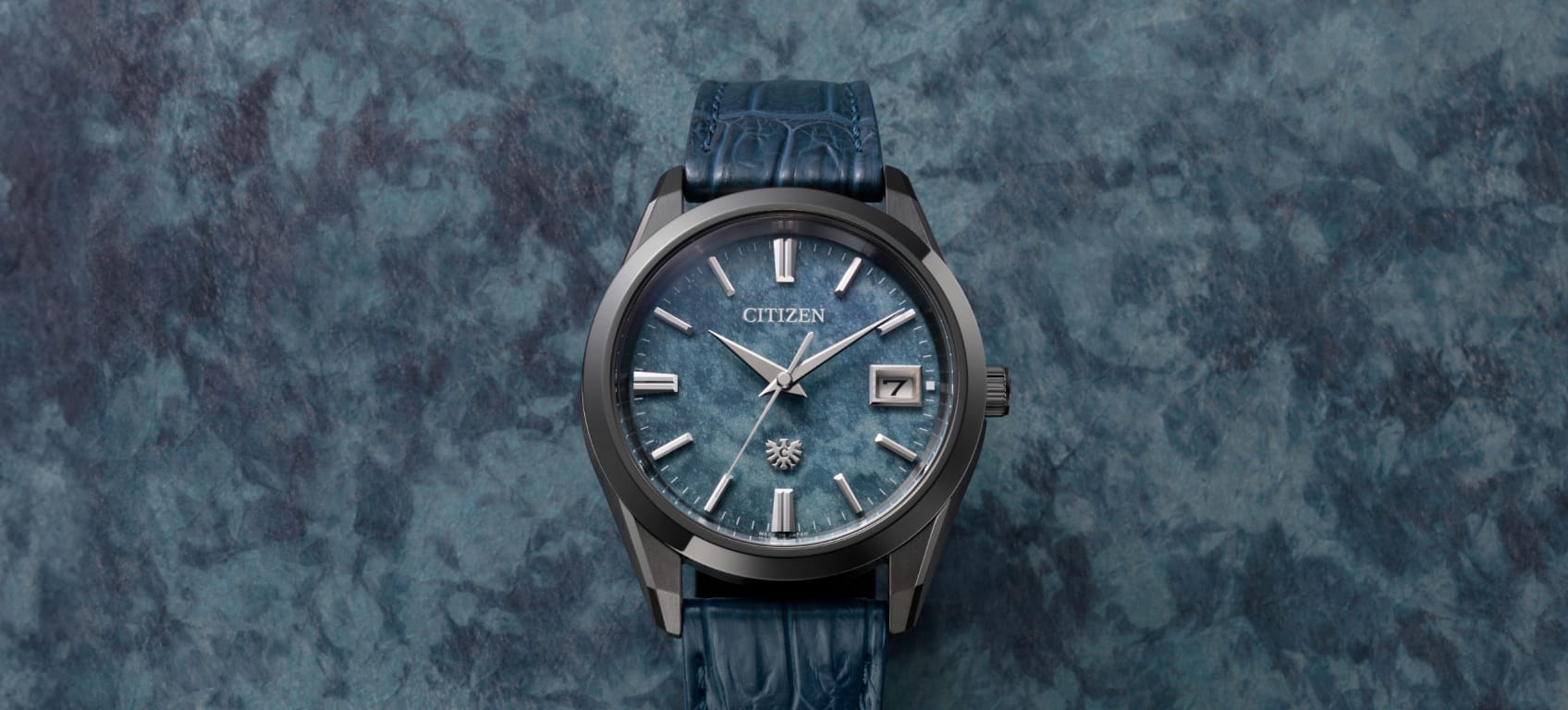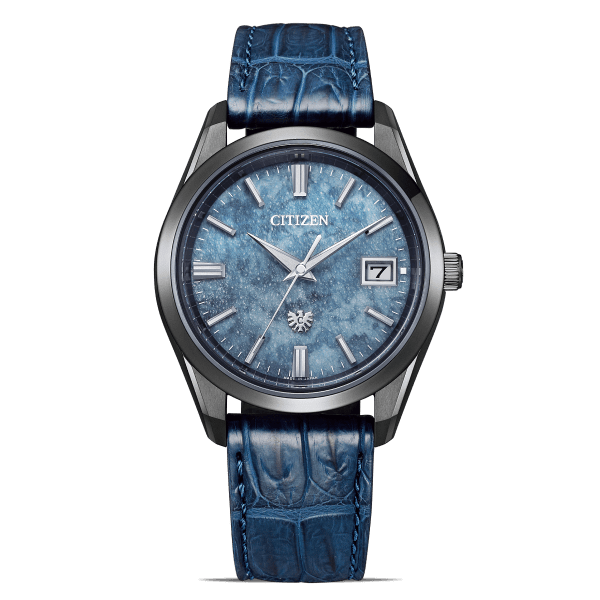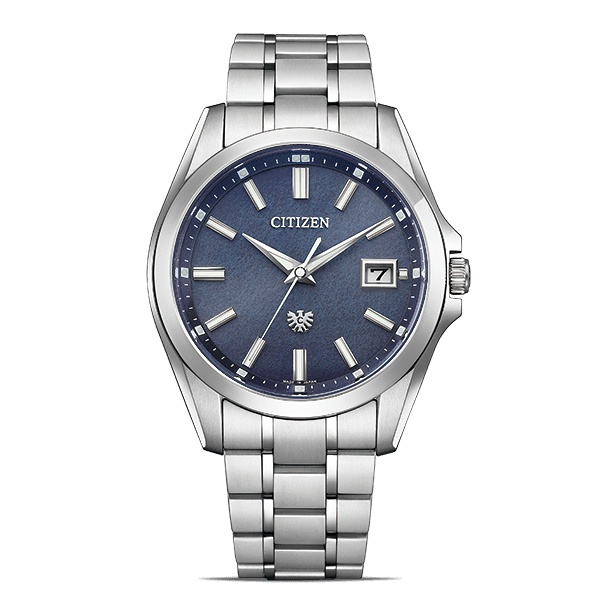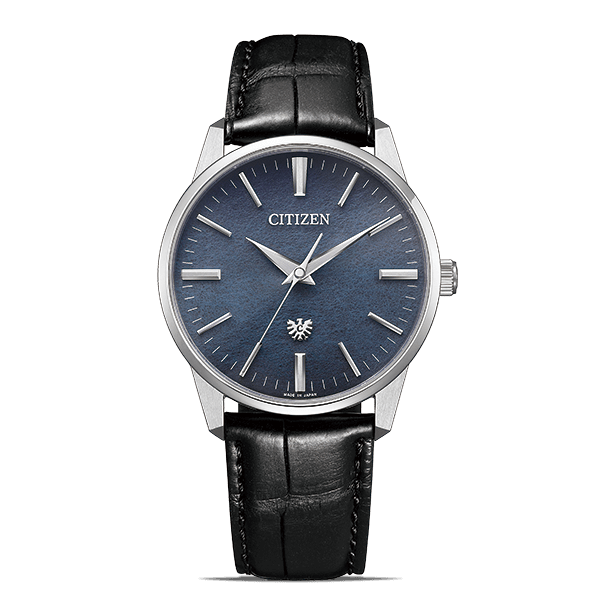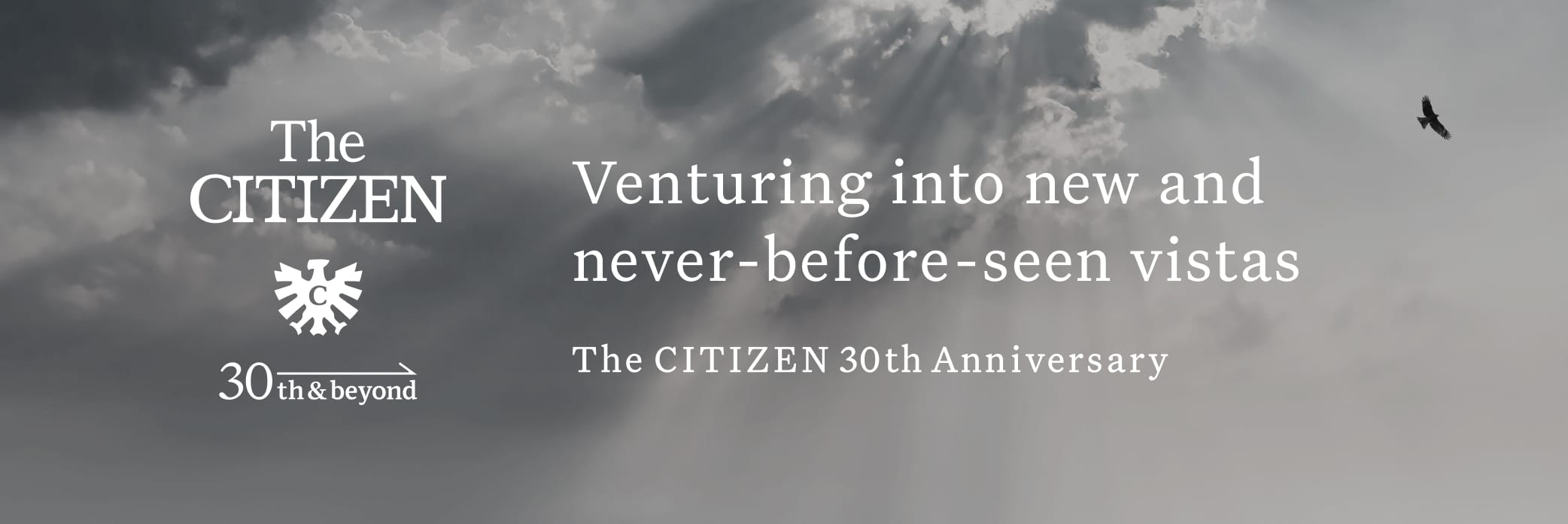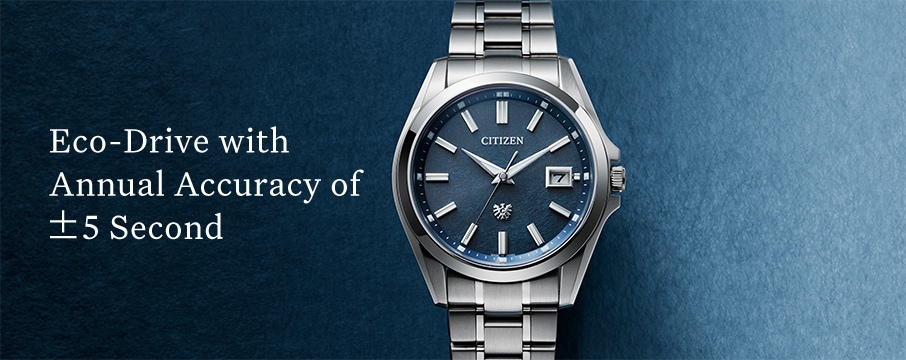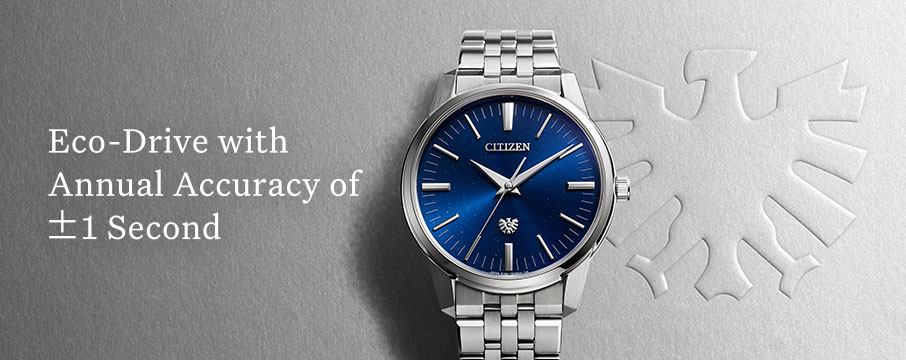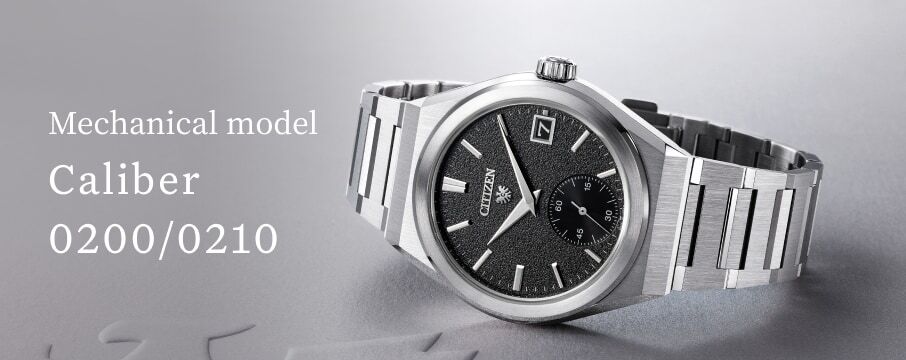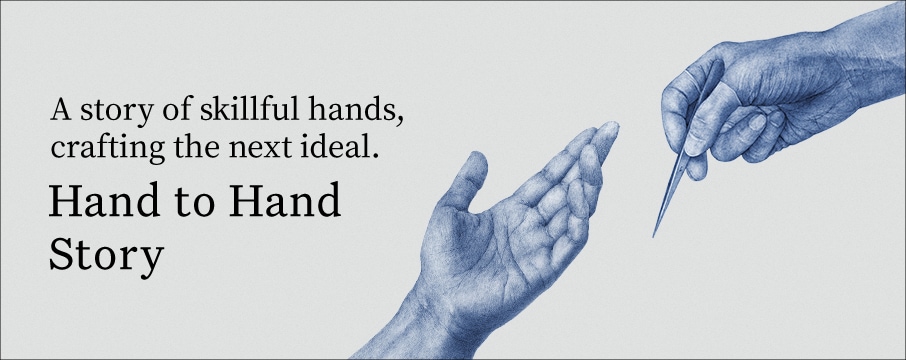Eco-Drive with Annual Accuracy of ±5 Seconds
Hand-dyed Indigo
Washi Paper Dial Model
The CITIZEN 30th Anniversary Limited Edition

SCROLL
A colour. A mood. A feeling.
The Tosa washi dial is repeatedly dyed
to a deep indigo known as the “victory colour”
in a superb example of traditional craftsmanship.
Ancient artistry and cutting-edge technology
combine to bring the beauty of Japanese indigo
and next-level precision into your world.
Features
Features 01
kachi-iro, a distinctive “Japan blue”
created through repeated dyeing
The indigo washi dial is not the result of printing. It is made by dyeing Tosa washi using indigo-dyeing techniques rooted deep in Japan’s past. Working in collaboration with Watanabe’s, an indigo dye workshop in Tokushima Prefecture, we sought to find an expression worthy of The CITIZEN’s thirtieth anniversary, a milestone for the brand. That led us to kachi-iro, a traditional Japanese dark indigo that is full of mystery because its appearance changes depending on how the light strikes it. Since the Japanese word kachi (“dark indigo”) is a homonym for the word for “victory,” kachi-iro is known as the “victory colour” or “winning colour.” It was used in samurai armour or celebratory artefacts to bring triumph in battle or general good fortune.
Using a sukumo—a natural dye base made from dried and fermented indigo leaves—for the indigo dye solution is already a luxury. But dark indigo kachi-iro is particularly luxurious because it requires repeated dyeing in a freshly prepared dye solution when the micro-organisms are at their most active, concentrated and stable. Since best results depend on ephemeral factors like the condition of the dye solution or the weather on any given day, skill and experience are essential when deciding how many times to repeat the dyeing process. The dial’s rich, evocative indigo is achieved by dipping the washi in the dye anything from five to eight times, a workaday yet delicate task without which the desired tone cannot be attained.
The unfathomable charm of the deep indigo is further accentuated by the application of a special process that heightens the transparency of the upper plate on top of the washi to bring out its distinctive texture.

Features 02
A combination of thinness and strength:
Tengu-jo washi augments dark indigo’s beauty
Just how many times can you repeat the dyeing process without damaging the washi? That is the technical challenge that comes with kachi-iro. And that is the reason we knew we needed a type of washi that combines the resilience of cloth (meaning it can be dyed and rinsed off multiple times) with thinness (to ensure the light permeability light-powered Eco-Drive requires). Ultra-thin and highly transparent, this Tengu-jo washi is produced by Hidakawashi, a company based in the village of Hidaka in Kochi prefecture, through which the famously clear blue waters of the Niyodo River flow.
Learn more about Tengu-jo washi

Comment from the Creator
The magic of compound colour—and
a challenge that comes just once a year
Master dyer Kenta Watanabe (Watanabe’s)
For my indigo-dyeing, I employ a traditional method that uses lye-driven fermentation, all natural materials and no chemicals whatsoever. Uniquely, Japanese indigo is not just a simple blue colour; it actually includes minuscule quantities of other pigments such as red, yellow, green and brown. These different pigments interact with one another in complicated ways during the fermentation and dyeing processes to produce a multilayered indigo that has unusual depth and brilliance. I remember when I was first approached about creating an indigo-dyed washi dial, the person from CITIZEN suggested that highlighting Japanese indigo’s alluring quality as a compound colour might be an interesting thing to do. The fact that we've succeeded in doing so makes me quite emotional!
The nature of the indigo harvest in any given year has a huge impact on one’s ability to achieve the perfect dark indigo of kachi-iro. One year the dye might be very deep and rich in colour. Another year, it could be the middle tones that are especially vivid. Another year, perhaps it’s the softer, gentler tones that comes to the fore. In other words, the colour range that comes out best varies year by year. In terms of our work at Watanabe’s, the intermediate tones came out especially beautifully in the indigo which we used for the first Indigo-dyed Washi Paper Dial model (AQ4091-56M) launched in 2022. Over the last year or two, I’ve been doing experiments like adding the stems of the indigo plants to the dye material, something that’s enabled me to express an indigo that is both deep and rich and bright and vivid at the same time. This model is the fruit of that research.
The more you get to into making the sukumo dye base, the more you realise that natural processes have a mystery all their own because they're impossible to fully control. It’s all very well me trying to make a beautiful, deeply saturated indigo, or trying to recreate some gorgeous deep kachi-iro that seems to be just within my creative grasp, but since I only get to make the indigo dye once a year, I only have about twenty or thirty more chances left to make the perfect indigo colour in my life. That’s a thought that concentrates the mind!
I really hope that that people who look at the watch will see that indigo is a compound colour, that it’s far from a simple blue, and that its expression changes depending on the angle of the light. This dial gives full expression to everything that’s alluring about Japanese indigo. On top that, there’s the whole historical context with kachi-iro traditionally being worn in battle to bring victory and good luck to the wearer. As the person who grew the indigo and used it to dye the washi, I’ll be thrilled if people wear this watch as a sort of good luck charm.
Features 03
Technology and functions:
Elegant and practical, inside and out
Super Titanium™ is scratch resistant and retains its pristine lustre for years. Here the Super Titanium™ case, which has been treated with DURATECT Platinum for a brilliant, translucent-looking tone, accentuates the deep indigo of the kachi-iro washi dial. The hands, with their hairline finish, project a sense of calm confidence. This model is suited to a wide range of settings, both formal and informal.
Functions include a perpetual calendar (requiring no month-end or leap-year adjustments until February 28, 2100) and an instant date change mechanism that advances the calendar to the next day precisely at midnight.

Line Up
Crafting the next ideal:
The CITIZEN
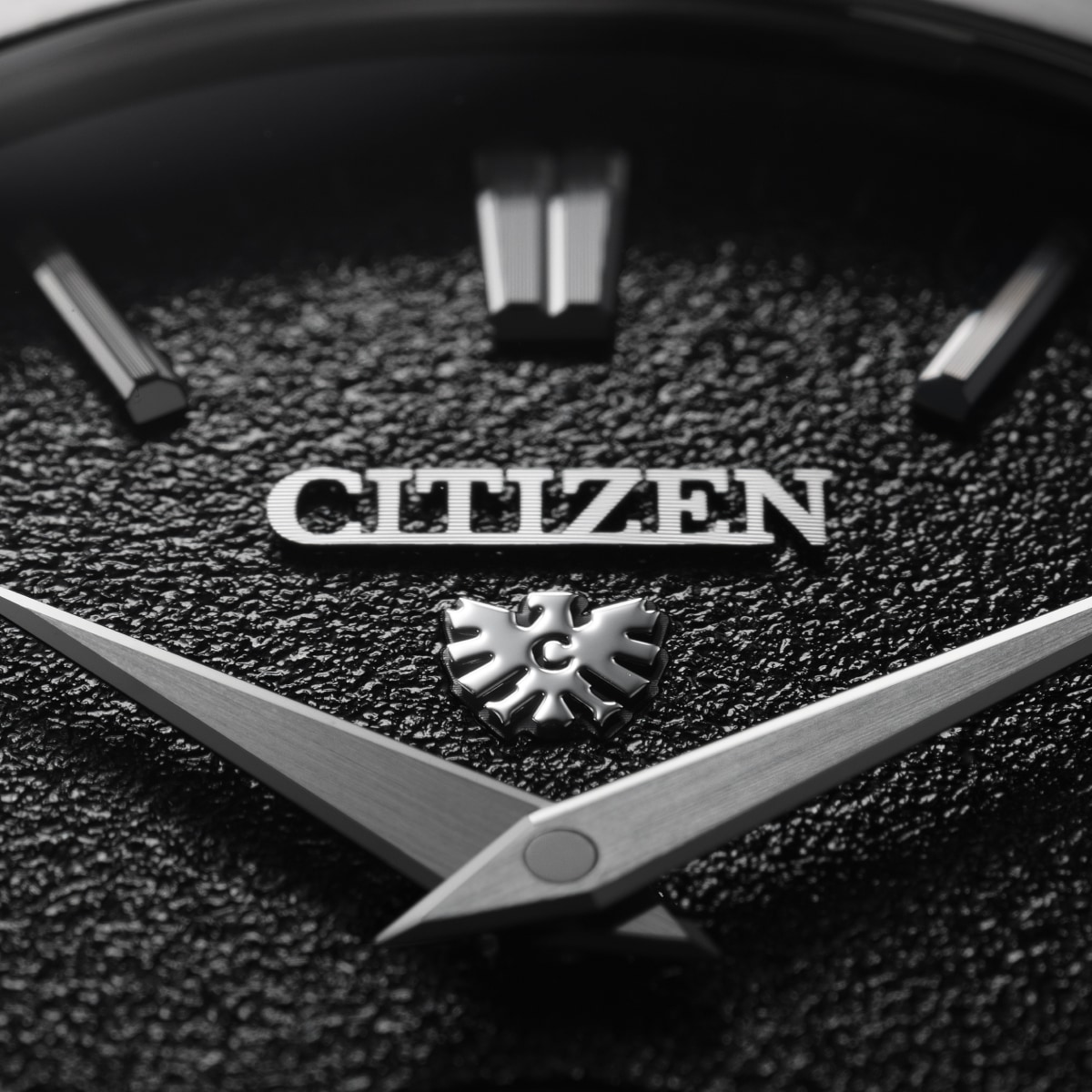
The eagle mark:
Symbol of The CITIZEN
The eagle symbolises The CITIZEN’s twin commitments to “looking ahead and pursuing the ideal” and to “becoming an integral part of users’ lives.” The mark is discreetly engraved on the dial and crown of some models.
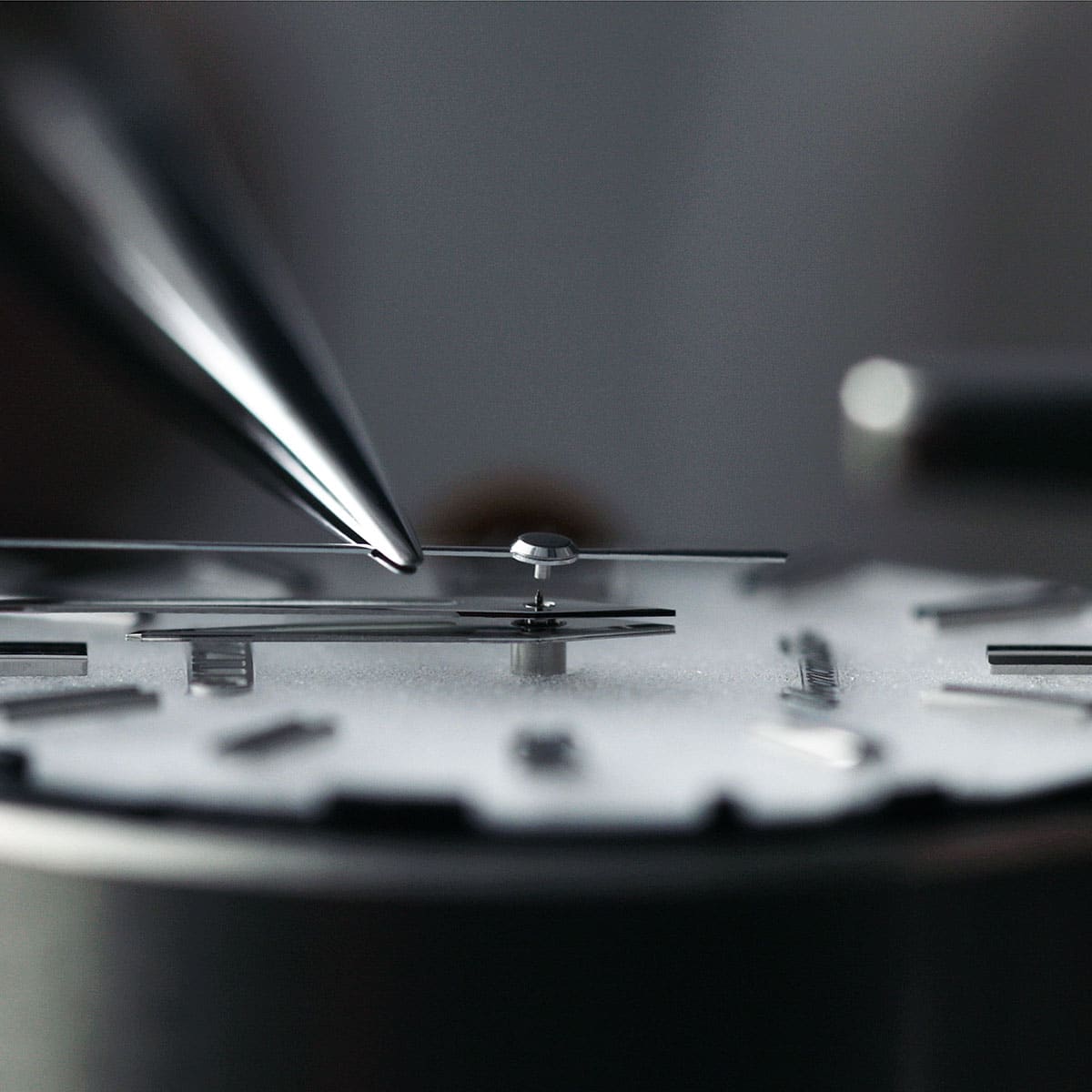
The master artisans who
breathe life into our watches
The CITIZEN watches are made at CITIZEN's special watch workshop nestled deep in the Nagano countryside. They are hand-assembled down to the last component by our highly experienced master watchmaking Meisters.

